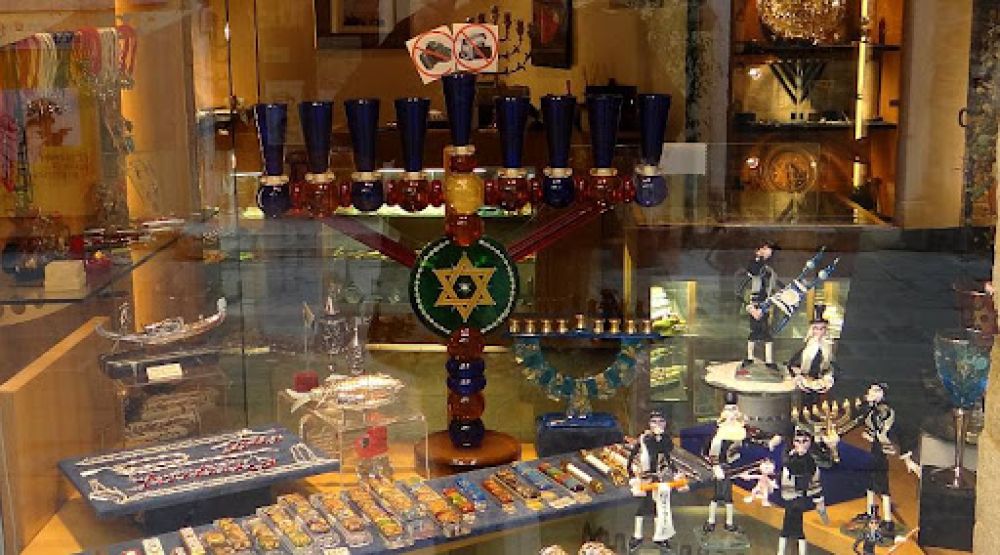

Venice's Jewish Ghetto, established in 1516, was one of the first areas where Jews were compelled to live in isolation from their Christian neighbors. The term 'ghetto' originated from here and has since been used worldwide to describe separated minority communities. Despite the restrictions faced by its inhabitants, the Ghetto became a center of Jewish culture and learning.
Over the centuries, the Ghetto evolved and expanded, encompassing five synagogues, each serving different ethnic communities: Italian, German, Spanish, Portuguese, and Levantine Jews. These places of worship and the daily life within the Ghetto have since attracted interest among tourists keen on understanding Venice's multifaceted history.
Located in the Campo of the Ghetto Novo, the Jewish Museum of Venice (Museo Ebraico di Venezia) was founded in 1953. It offers insight into the religious and social aspects of the local Jewish community's history. The Museum's collection includes ritual artifacts, textiles, and a library housing valuable texts, providing a narrative that complements the experience of visiting the Ghetto's synagogues and spaces.
By the late 20th century, tourism in Venice increasingly focused on the city's rich cultural heritage. The Jewish Ghetto with its Museum became essential components of this trend, with visitors seeking out the layers of history in the Ghetto's narrow streets, tall buildings, and distinctively Venetian Hebrew inscriptions.
Tours and Education have played a significant role in the burgeoning interest towards the area. Guides offer insights into the Ghetto’s past and present, and the Museum organizes educational activities, contributing to a deeper understanding amongst tourists. The neighborhood’s restaurants and shops also offer cultural experiences, serving kosher food and selling Judaica, thereby enhancing the locality’s appeal.
Sustainable tourism is the latest trend influencing visits to the Jewish Ghetto and Museum. With Venice grappling with overtourism, there is an increasing push towards responsible travel that respects the city's cultural and historical integrity. Meanwhile, experiential tourism has seen visitors desiring to engage more authentically with the Ghetto’s living history, partaking in local traditions and community-led initiatives.
Another significant trend is the digitization of the visitor experience. The Jewish Museum has incorporated technological tools to enhance visitor interaction, offering digital guides and virtual reality experiences that allow broader access to its heritage spaces. This digital shift has been accelerated by global events, such as the COVID-19 pandemic, which necessitated new ways of cultural engagement when travel was restricted.
In a post-pandemic world, the trends point toward a more thoughtful tourism model that balances visitor interest with conservation and education, ensuring that the Jewish Ghetto and Museum of Venice remain vibrant testimonies to Jewish life and culture for generations to come.